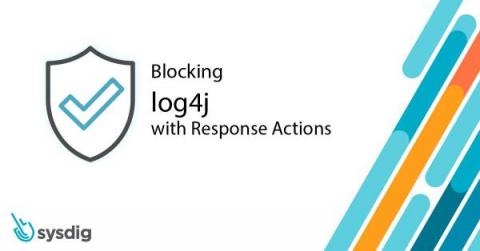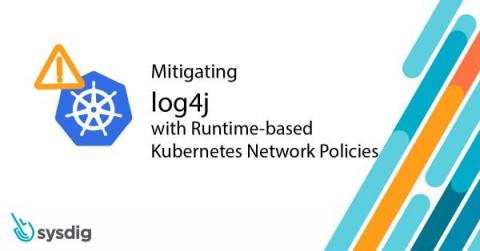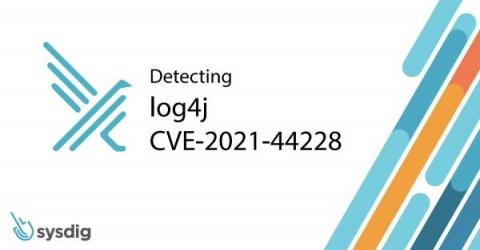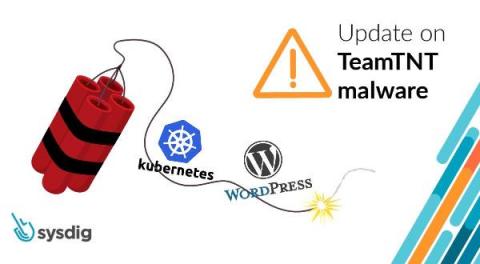How to Secure Kubernetes, the OS of the Cloud
As infrastructures and workloads transition to cloud and teams adopt a CI/CD development process, there is a new paradigm shift: infrastructure is becoming code. This approach of treating infrastructure as code (IaC) is incredibly powerful, brings us many advantages, and enables transformative concepts like immutability. We define infrastructures in a declarative way and version them using the same source code control tools (in particular git) that we use for our application code.











